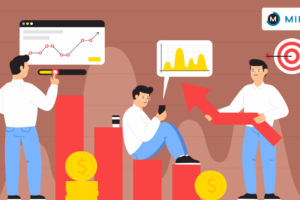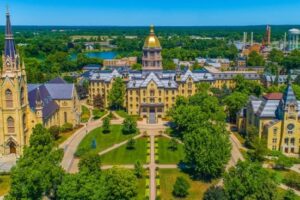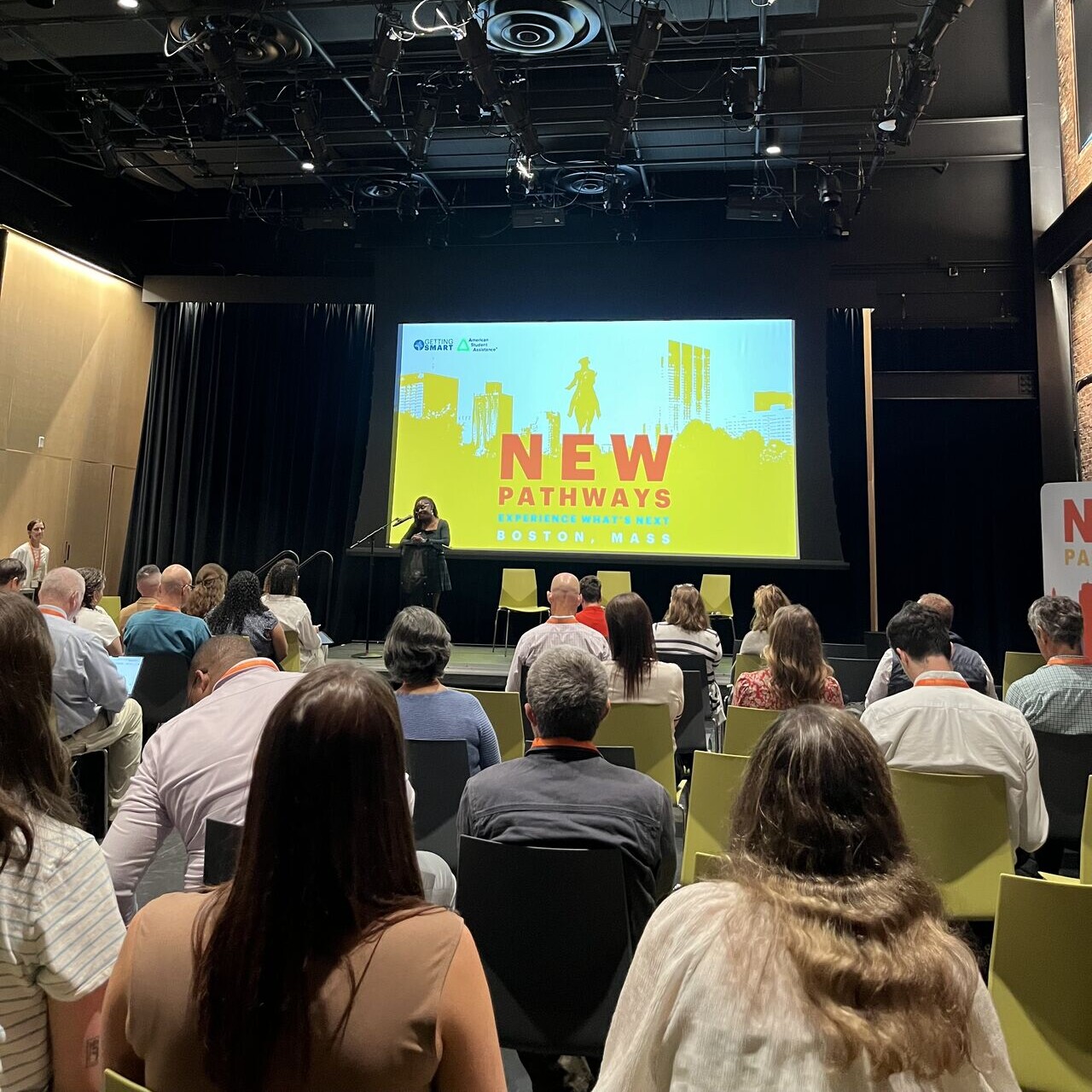
Experiencing What’s Next: The Common Wealth of the Commonwealth
We spent a few uncharacteristically warm days in Boston—the land of brick and cobblestone, bike lanes and greenways, rowers and runners—hosting our third New Pathways convening alongside American Student Assistance (ASA). These events are regional showcases of what’s possible in intentional and reciprocal learning ecosystems that connect learners to employers and everything in between. Educators, partners, and students explored what happens when experience becomes the expectation and learning is connected to life.
We got the lowdown on numbers and, in particular, the temperature of how people are feeling about both education and pathways work.
- Kerry McKittrick from The Project on Workforce at Harvard shared that 60% of people in low-wage jobs are in low-wage jobs 5 years later, calling attention to how pathways, at their best, are an economic mobility engine.
- Julie Lammers from ASA shared recent Populace data that the perception on college is changing. Before COVID, respondents ranked being prepared to enroll in a college or university as their 10th highest priority for K-12 education. In post-COVID America, this is no longer the case. When given 57 priorities for children’s K-12 education, Americans ranked it as #47. However they believe it is other people’s third-highest priority, demonstrating a deep societal misunderstanding of one another.
- Michael Horn shared that social capital is more important than ever – 55-80% of jobs are filled by people within network and job applications have gone from 300 to 1000.
Boston also reminded us that relevance is local. It’s critical to know what careers are actually available in your community. Most students end up working within 100 miles of where they went to high school, which makes community-connected learning not just valuable, but essential.
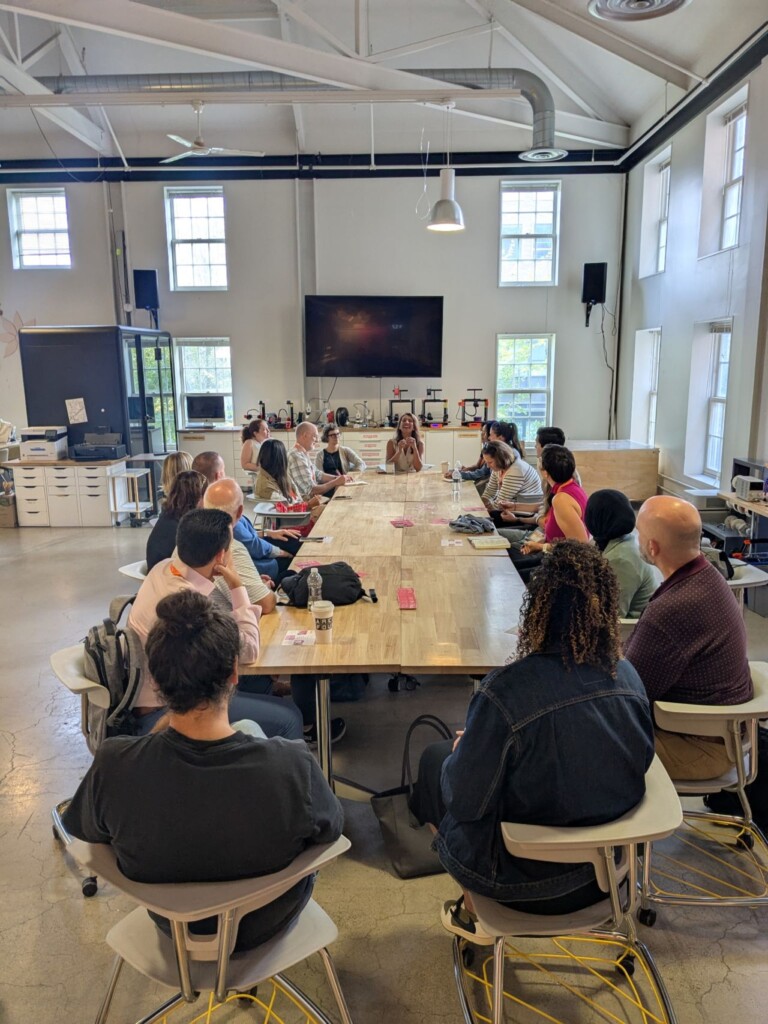
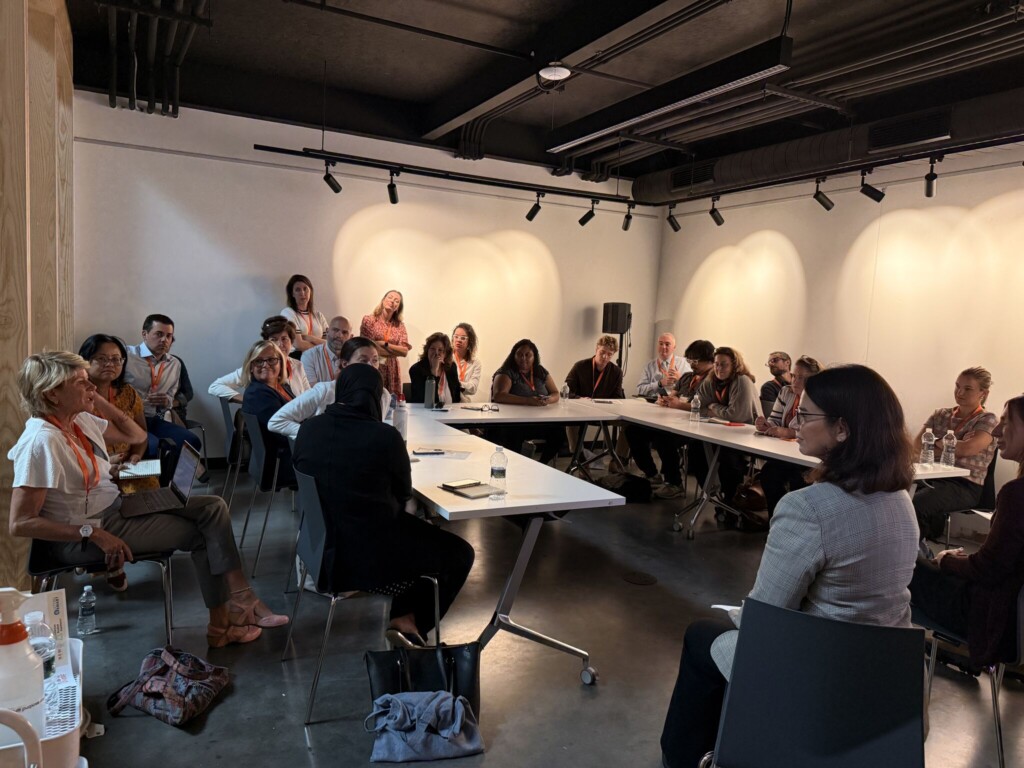
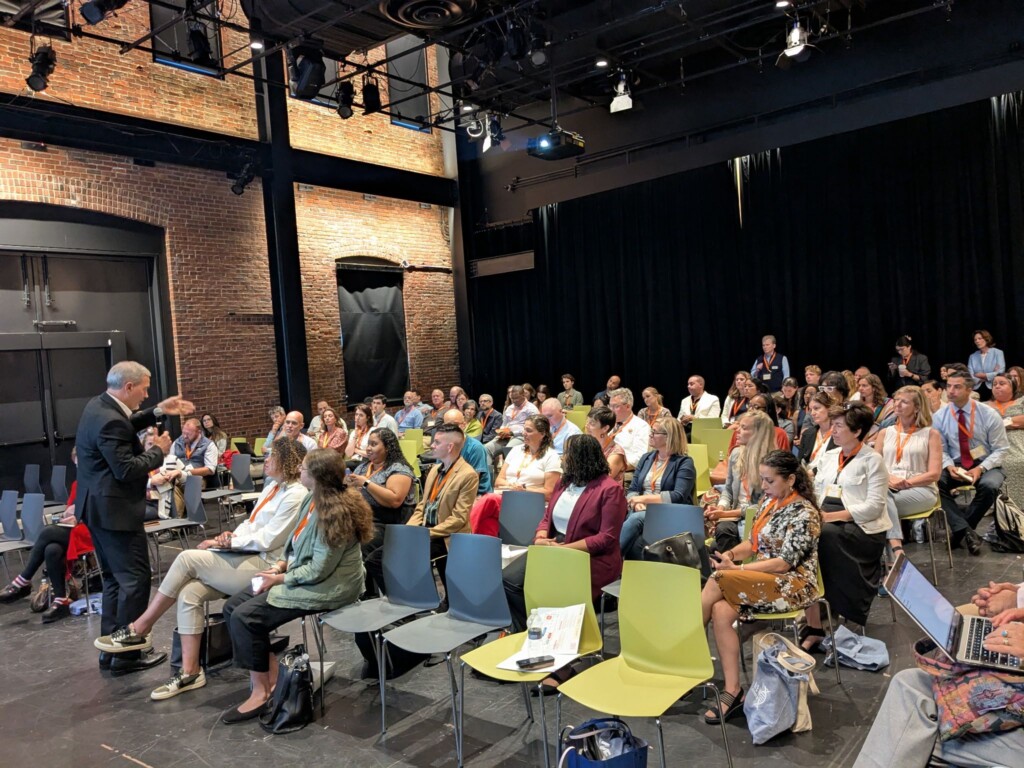
Across sessions on AI, support and guidance, healthcare pathways, and community-connected learning, leaders reflected on what it takes to prepare students for both the world now and the one they’ll create next. Associate Dean Corliss Thompson, from Northeastern University, reminded us that “a big component of experiential learning is the reflection.” Doing matters, but so does pausing to understand what that experience means.
Those voices grounded everything we discussed about readiness, because as one participant said, “We talk a lot about learner readiness, but community readiness is the key. Communities are broken.” The question that followed stayed with many of us: “What are we going to say no to so we can create opportunities for students and teachers to experience internships and externships?”
School Visits
Boston Arts Academy (BAA) showed us what truly integrated pathways look like, with math lessons rooted in the arts, black box theatres, a library that serves as a branch of the Boston Public Library, and so much more. We walked by students preparing for the Hispanic Heritage assembly, which featured a multi-act dance and music routine as well as a full stage production including lighting, back of house, and more. All of it was planned, orchestrated and arranged by the students, showing what real agency looks like. With innovative performing arts colleges’ partnerships, including a course taught by the University in the school every Friday, and work-based learning opportunities across the street at the MGM Theatre, BAA sets its students up for what’s next.

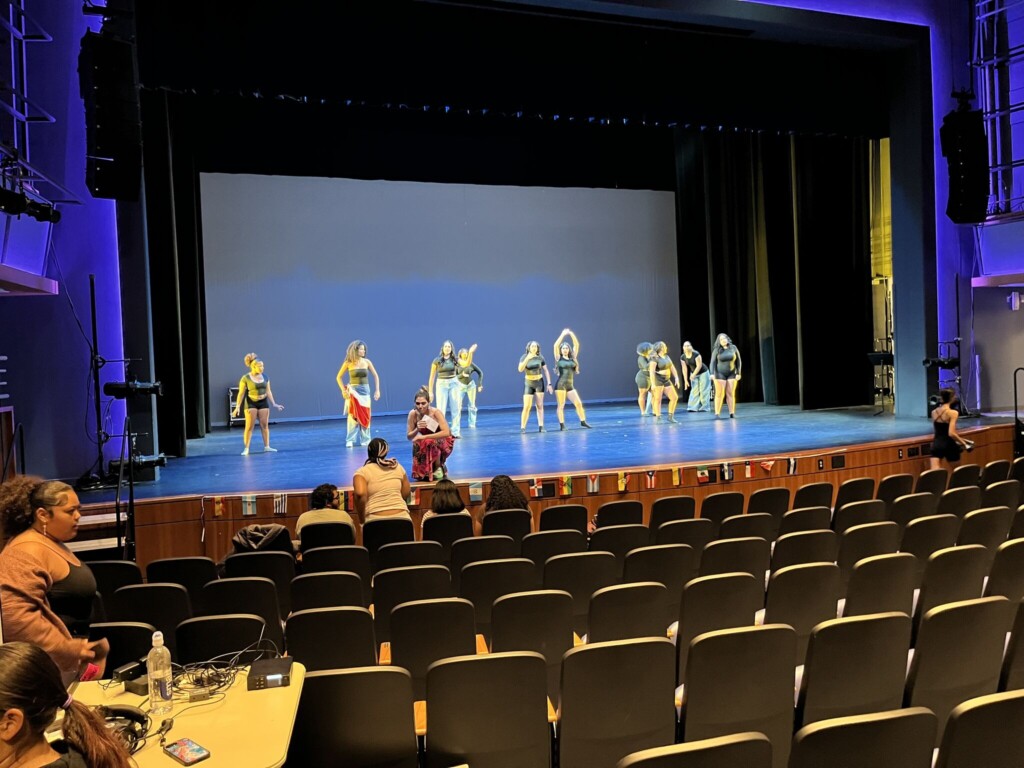
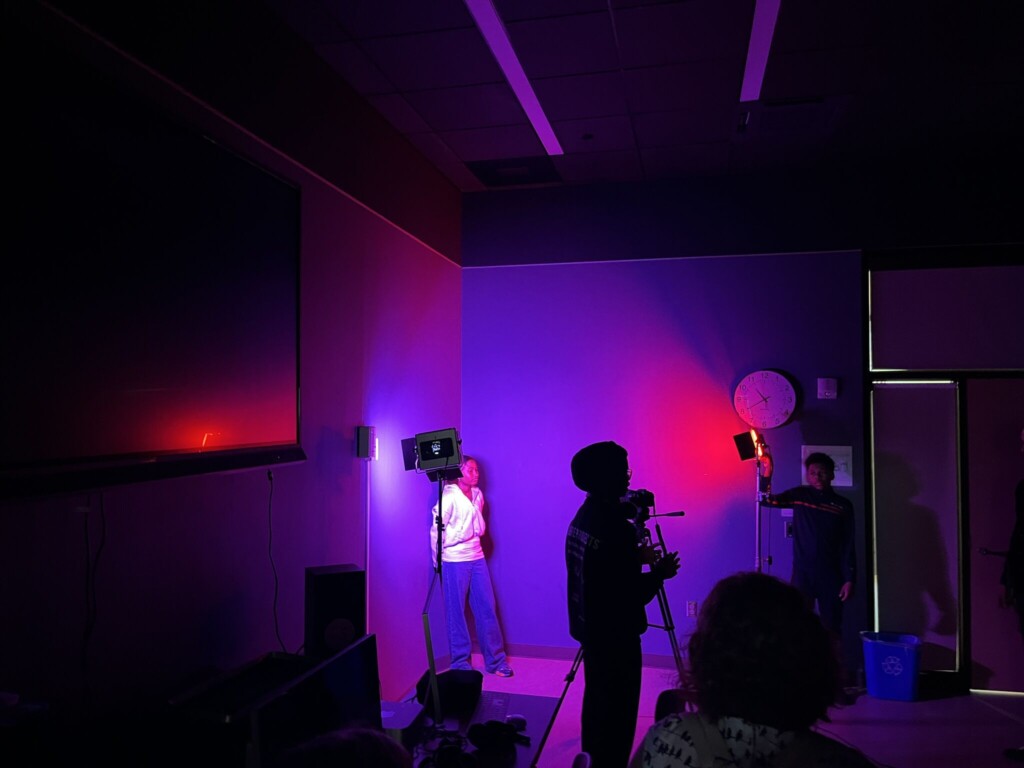
Boston Day and Evening Academy (BDEA) brought those ideas to life in the best way possible, through the voices of students who know what it means to start fresh and find their own path. They spoke about what hands-on, personal learning can do, how it builds confidence, creates belonging, and helps them see themselves differently. One student said, “BDEA makes learning more personal and has a hands-on approach.” Another added, “They made me comfortable. Now it’s up to us, the students, to decide what matters to us.” And then came a line that made everyone pause: “BDEA makes me feel empowered. I feel empowered.”
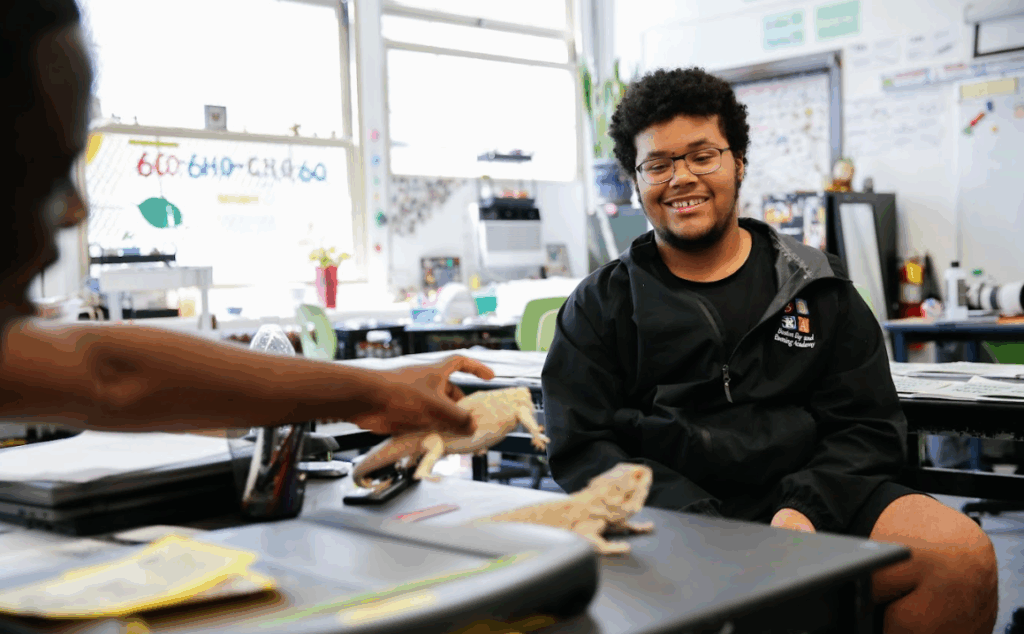
You could see it in their faces and hear it in their voices. They were proud. These students knew where they were headed. One shared, “I thought I wanted to be in law enforcement, but that didn’t click. I’ve always been good at science, so I figured out something that worked for me. Now, I want to be a medical examiner.” At BDEA, an alternative school where students come for all kinds of reasons, there’s a shared understanding: BDEA is a place to begin again, to rebuild confidence and to take ownership of their story and their future.
At Northeastern University, more than 6000 students have engaged in experiential projects in 355 courses in 2025. These industry-sourced projects align with course objectives and typically require 40 hours of work over 6-8 weeks. Projects are supported by weekly check-ins between students and project sponsors. In the AI for Impact Program, students build AI products with city and state partners. This massive commitment to experiential learning is supported by a team in the Chancellor’s office. (See 2024 blog for more).
At NuVu, Boston’s only studio-based innovation ecosystem, we left reflecting on the mindset that fuels the learning there. While NuVu is a tuition-based school, what truly stood out wasn’t the resources—it was the educators’ belief that learning should be creative, student-driven, and grounded in real-world purpose. One of the site visit leaders described this mindset as a “parasite”—it starts with one educator daring to reimagine what school could be, and soon it spreads through the building, transforming how everyone teaches and learns.
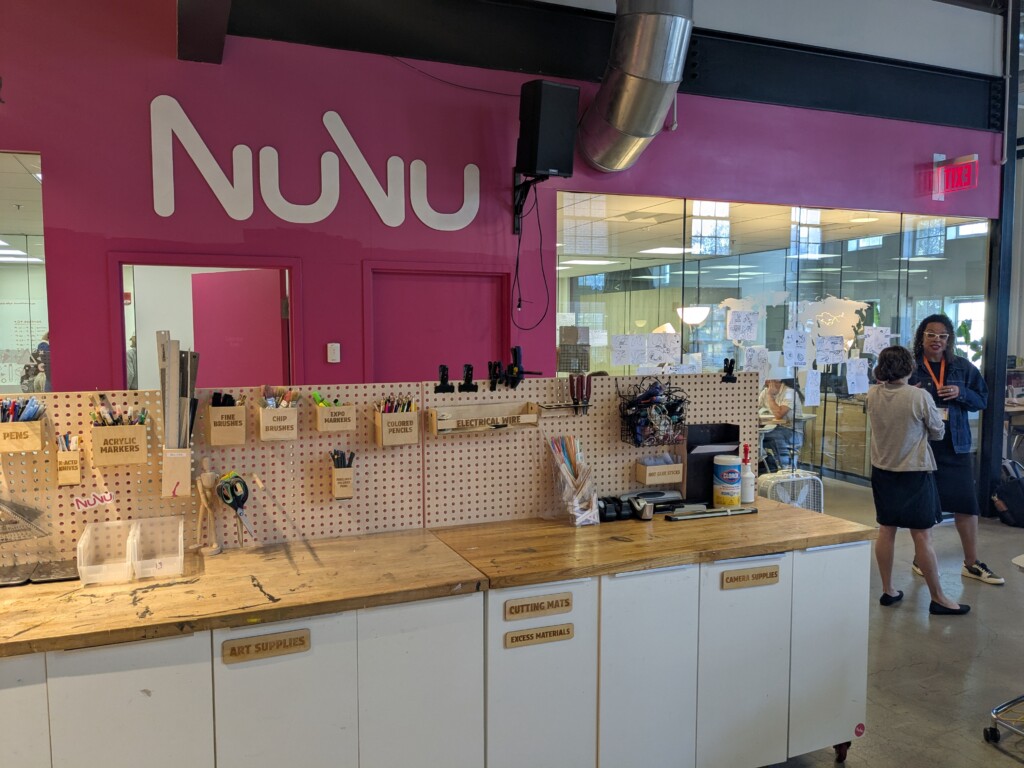
We also talked about how innovation doesn’t require fancy labs or 3D printers; some of the best ideas can come from schools with only cardboard and glue guns, if the conditions for curiosity and collaboration are there. Through NuVuX, the school’s network initiative, this spirit of experiential learning extends to partner schools across the region and the world.
What does all this mean?
- Pathways are a local solution and intentionality is everything. Bloomberg Philanthropies funded numerous high school and hospital pairings across the country, including a partnership between Mass General Brigham and EMK Academy, which is matching hundreds of students to high-demand careers in the medical profession.
- “Experience is now the expectation for learners entering the workforce.” These words were shared by Michael Horn about how the traditional entry-level job is different now. Time and time again, themes of exploration and awareness emerged. It’s never been more important to provide young people with real world learning experiences.
- Social Capital is key. Organizations like CommunityShare, One Bead and others are paving the way for resilient databases of community knowledge.
- Look around. Start. The best time to start implementing new pathways and the best time to plant a tree are roughly the same… 20 years ago. But now is the second best. Take stock of the organizations and assets that are around you and start building bridges.
- Learning Should Leave Something Behind. When students create something meaningful, it becomes more than an assignment; it’s evidence of growth, purpose, and belonging. One conversation reminded us that lasting artifacts of learning can serve as anchors, connecting students to moments when they felt capable and inspired. Yet it also surfaced an important truth: keeping those artifacts is a privilege that assumes stability and access. The real goal is to design learning experiences that stay with students even when the tangible pieces can’t.
Thank you!
Thank you to Boston Day and Evening Academy, Boston Arts Academy, NuVu High School and Northeastern University for the amazing school visits. Boston Public Schools, we appreciate your 30 years of pathway leadership partnership and all that you shared about the educational ecosystem and how you’re allowing your city to be the fabric of what’s possible for learners.
And a huge thank you to all of the speakers, educators, partners, students, and community members who joined us in Boston. Additional thanks to What School Could Be for screening the new film Multiple Choice.
The collective curiosity, generosity, and willingness to wrestle with hard questions made this gathering more than a convening. It became a regional commitment to what’s next.
Source link


